Economy
Trump’s Promise Of American Abundance, Fueled By ‘Liquid Gold’

 From the Daily Caller News Foundation
From the Daily Caller News Foundation
One of the brightest nuggets of policy in Donald Trump’s July 18 acceptance speech to the Republican convention in Milwaukee was his ode to “liquid gold.” That is, oil.
As part of his inflation-fighting plan, Trump offered a gleaming solution: increase energy production, thereby decreasing energy prices. “By slashing energy costs,” Trump declared, “we will in turn reduce the cost of transportation, manufacturing and all household goods.”
He continued: “We have more liquid gold under our feet than any other country by far. We are a nation that has the opportunity to make an absolute fortune with its energy.”
Indeed. According to the Institute for Energy Research (IER) technically recoverable oil resources in the U.S. total 2.136 trillion barrels. At the current price of around $80 a barrel, that’s some $171 trillion. And so, Trump concluded, “we will reduce our debt, $36 trillion.”
As former Alaska governor Sarah Palin would say, “You betcha.” In Palin’s Alaska, oil is so abundant, relative to the population, that everyone gets a check from the state. Last year, it was $1,312. For a family of four, that’s more than $5000. Our goal should be that every American gets such an energy dividend.
Moreover, the abundance of America’s carbon fuels is not limited to oil. According to IER, we have 3.391 trillion cubic feet of natural gas. That’s worth $165 trillion.
To be sure, these staggering dollar totals can’t be counted directly against the national debt—or in support of some future tax cut. Yet every dollar of our energy assets would contribute to the economy, and if even 10 percent of the humongous total could be available to the public, we could, in fact, pay off the national debt.
Moreover, thanks to fracking and other enhanced recovery techniques, we keep finding more energy: Human ingenuity has upended old beliefs about energy shortages, ushering in an almost Moore’s Law-ish surge in production.
Indeed, there’s so much oil and gas (and coal) that an emerging school of thought holds that carbon fuels aren’t “fossil” at all, but rather, the product of earth’s vulcanism. The core of this earth, after all, is the same temperature as the surface of the sun. Perhaps all that heat is cooking something.
In any case, we keep finding more oil, and not just in the U.S.
So how, exactly, do we take advantage of this planetary cornucopia? As Palin said, as Trump said, and as the convention crowd chanted, “drill, baby, drill.”
Okay, but what about climate change? Most Republicans don’t worry too much about that, but if Democrats do, they should be reassured that we can capture the carbon and so take it out of the atmosphere. Trees and other green vegetation have been capturing carbon for eons; the element is, in fact, vital to their very existence. Similarly, the human body is 18 percent carbon. Yes, all of us ourselves are carbon sinks.
So we, being smart, can capture vastly more carbon — capturing it in everything from wood to cement, from plastics to nanotubes. These in turn can be landfill, construction materials — maybe even a space elevator.
We can, in fact, establish a a circular carbon economy: carbon fuels extracted, burned, and then recycled back into feedstocks. By this reckoning, carbon fuels are renewable. Such creative thinking can power all those energy-hungry data centers on which Big Tech and AI depend. So there’s the makings of a bipartisan “Grand Carbon Bargain,” uniting mostly blue-state tech with mostly red-state energy. More energy + more tech = more wealth for all.
In Milwaukee, Trump spoke of American “energy dominance,” and that’s great. But with all the energy we can produce and consume, we can speak of economic abundance — and that’s even greater.
James P. Pinkerton served in the White House domestic policy offices of Presidents Ronald Reagan and George H.W. Bush. He is the author, most recently, of “The Secret of Directional Investing: Making Money Amidst the Red-Blue Rumble.”
Business
Trump Blocks UN’s Back Door Carbon Tax
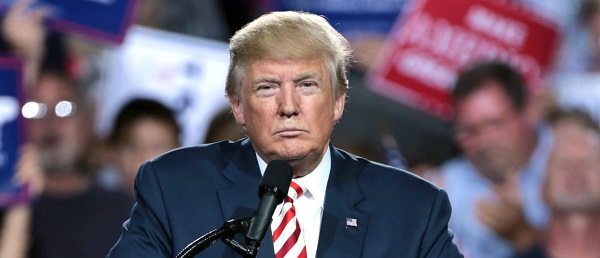

From the Daily Caller News Foundation
Has the time come for America to seriously reassess its participation in and support for the United Nations (U.N.)?
It’s a question that some prominent people are asking this week after the increasingly woke and essentially useless globalist body attempted to sneak a global carbon tax in through the back door while no one was looking.
Except someone was looking, as it turns out. Republican Utah Sen. Mike Lee, who chairs the powerful Senate Energy and Natural Resources Committee and is part of the majority on both the Senate Judiciary and Senate Foreign Relations Committees, said in an X post Thursday evening that this latest bit of anti-American action “warrants our withdrawal from the UN.”
Dear Readers:
As a nonprofit, we are dependent on the generosity of our readers.
Please consider making a small donation of any amount here.
Thank you!
Secretary of State Marco Rubio said in his own X post on the matter on Wednesday that the Trump administration “will not allow the UN to tax American citizens and companies. Under the leadership of POTUS (President Donald Trump), the U.S. will be a hard NO. We call on other nations to stand alongside the United States in defense of our citizens and sovereignty.”
On Friday afternoon, Mr. Rubio took to X again to announce the news that efforts by himself and others in the Trump administration succeeded in killing an effort to move the tax forward during a meeting in London. However, the proposal is not fully dead – a final vote on it was simply delayed for a year.
The issue at hand stems from an attempt by the International Maritime Organization (IMO) – an agency of the U.N. – to impose net-zero rules on fuels used for seaborne shipping operations. The Trump administration estimates the imposition of the new requirements will increase the cost of shipping goods by about 10%, thus creating yet another round of inflation hitting the poorest citizens the hardest thanks to the globalist obsession with the amount of plant food – carbon dioxide – in the atmosphere.
Known as the IMO Net-Zero Framework, the proposal claims it would effectively “zero out” emissions from the shipping industry by 2050.
The potential implications if the U.N. ultimately succeeds in implementing its own global carbon tax are obvious. If this unelected, unaccountable globalist body can levy a carbon tax on Americans, a concept that America’s own elected officials have steadfastly rejected across the terms of the last five U.S. presidents, what would then prevent it from imposing other kinds of taxes on the world to support its ideological goals?
President Trump’s opposition to exactly this kind of international intrusion into America’s domestic policy choices is the reason why he has twice won the presidency, each time de-committing the U.S. from the Paris Climate Accords.
It has become increasingly obvious in recent years that the central goal of the global climate alarm movement is to dramatically raise the cost of all kinds of energy in order to force the masses to live smaller, more restricted lives and make their behavior easier for authoritarian governments to control. This camel’s nose under the tent move by the U.N. to sneak a global carbon tax into reality is just the latest in a long parade of examples that serve as proof points for that thesis.
At some point, U.S. officials must seriously reassess the value proposition in continuing to spend billions of dollars each year supporting and hosting a globalist organization whose every action seems designed to inflict damage on our country and its people. Now would be a good time to do that, in fact.
David Blackmon is an energy writer and consultant based in Texas. He spent 40 years in the oil and gas business, where he specialized in public policy and communications.
Business
Trump Admin Blows Up UN ‘Global Green New Scam’ Tax Push, Forcing Pullback
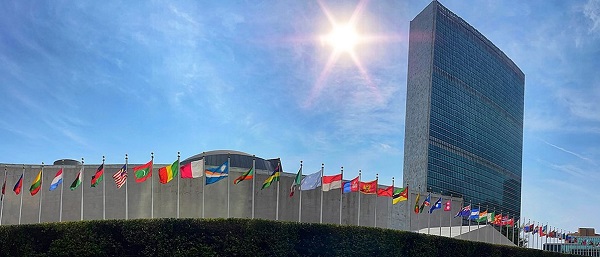

From the Daily Caller News Foundation
A United Nations (UN) proposal for a global carbon tax, which threatened to raise consumer costs, was tabled on Friday following pressure from the Trump administration.
Members of the International Maritime Organization (IMO), a UN body based in London, met this week to vote on a “Net-Zero Framework,” which would have imposed steep penalties on ship emissions. A majority of countries at the agency voted on Friday to postpone the decision for a year after the Trump administration pushed back and threatened retaliation against states supporting the measure.
“Common sense prevailed. The Trump Administration will not stand for the UN or any organization forcing American taxpayers to foot the bill for their environmental pet projects,” a senior State Department official told the Daily Caller News Foundation.
Dear Readers:
As a nonprofit, we are dependent on the generosity of our readers.
Please consider making a small donation of any amount here.
Thank you!
The proposed IMO Net-Zero Framework, aimed at achieving global shipping emissions neutrality by 2050, would have imposed taxes of $100 to $380 per ton of CO2 on ships that failed to meet targets. If the global fleet fell even 10% short of the targets, costs could soar to $20 to $30 billion by 2030 and exceed $300 billion by 2035, by some estimates.
The Trump administration has warned the plan could raise global shipping costs by as much as 10%, forcing higher prices for American consumers.
“The collapse of the UN-backed shipping emissions deal is not the disaster portrayed by climate activists — it’s a victory for sovereignty over what amounted to taxation without representation,” Anthony Watts, Senior Fellow at The Heartland Institute, told the DCNF. “Shipping may account for 3% of global emissions, but it moves 90% of global trade; taxing it in the name of ‘net zero’ would have punished consumers and developing nations alike while enriching bureaucrats and consultants in Geneva and New York.”
President Donald Trump personally weighed in against the measure.
“The United States will NOT stand for this Global Green New Scam Tax on Shipping, and will not adhere to it in any way, shape, or form. We will not tolerate increased prices on American Consumers OR, the creation of a Green New Scam Bureaucracy to spend YOUR money on their Green dreams,” Trump posted on his Truth Social platform Thursday. “Stand with the United States, and vote NO in London tomorrow!”
The Trump administration had threatened that member states backing the measures could face a range of repercussions, including probes into anti-competitive practices, visa restrictions on maritime crews, commercial and financial penalties, increased port fees, and sanctions targeting officials promoting climate policies.
“Better than merely not signing a UN climate treaty is promising to punish countries that do sign. The result is no treaty. Thank you, President Trump,” Steve Milloy, senior fellow at the Energy & Environment Legal Institute and former Trump EPA transition team advisor, told the DCNF.
Frank Lasee, president of Truth in Energy and Climate, said the president’s stance helped protect consumers from “neocolonial mandates that enrich China at our expense.”
“This global carbon tax isn’t climate action; it’s economic sabotage,” Lasee told the DCNF. “Trump’s masterstroke preserves innovation, low taxes, and freedom from globalist overreach — ensuring our future remains bright without new well-funded UN mischief.”
-
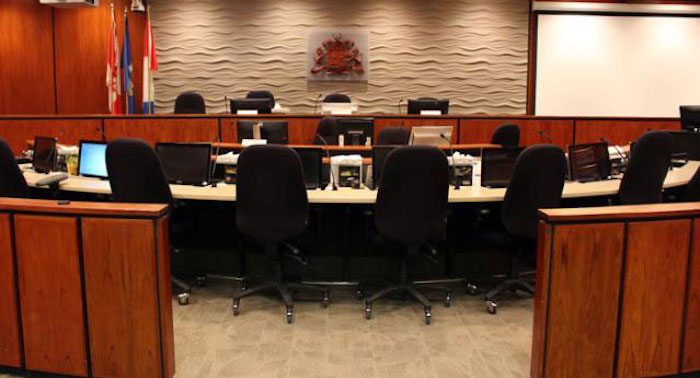
 Red Deer2 days ago
Red Deer2 days agoThe City of Red Deer’s Financial Troubles: Here Are The Candidates I Am Voting For And Why.
-

 Business1 day ago
Business1 day agoUN, Gates Foundation push for digital ID across 50 nations by 2028
-
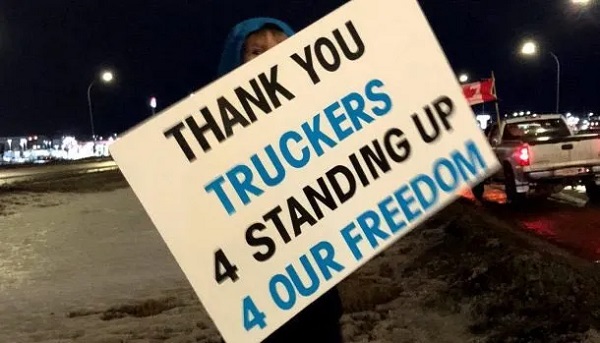
 COVID-191 day ago
COVID-191 day agoThe Trials of Liberty: What the Truckers Taught Canada About Power and Protest
-

 C2C Journal1 day ago
C2C Journal1 day agoCharlie Kirk and the Fragility of Civic Peace
-
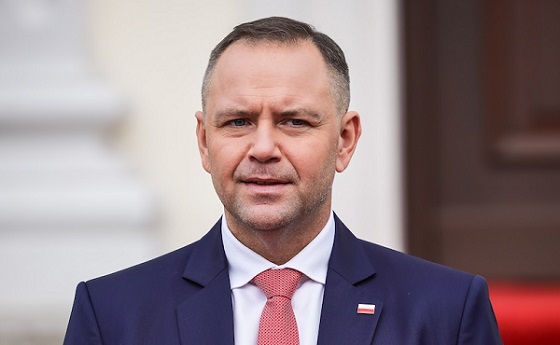
 International23 hours ago
International23 hours agoPoland’s president signs new zero income tax law for parents with two children
-
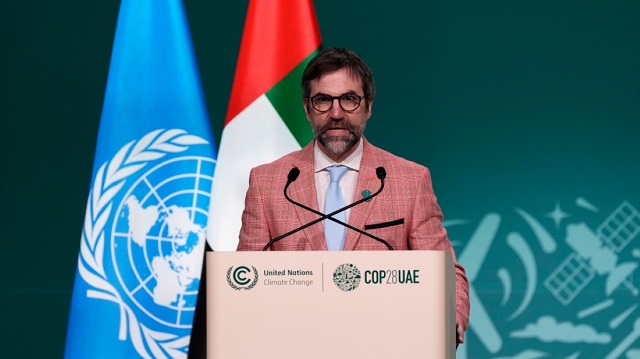
 Business2 days ago
Business2 days agoCanada has an energy edge, why won’t Ottawa use it?
-
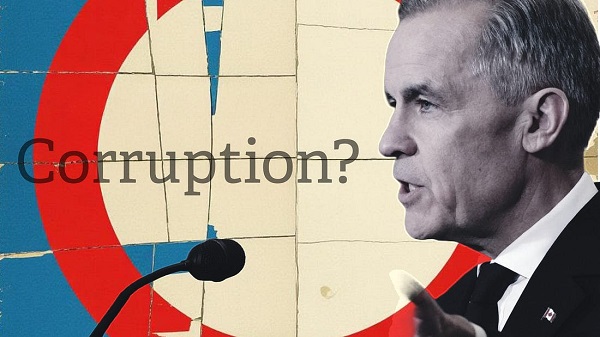
 Business2 days ago
Business2 days agoEthics on Ice: See You Next Year
-
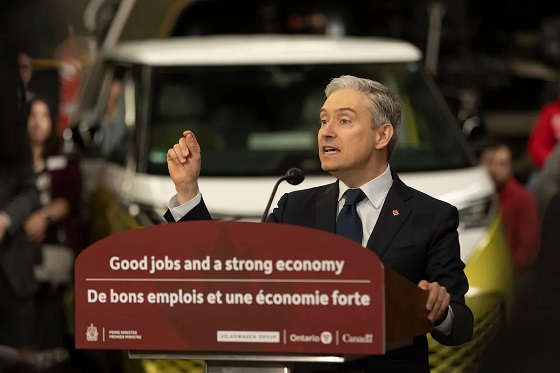
 Automotive23 hours ago
Automotive23 hours ago$15 Billion, Zero Assurances: Stellantis Abandons Brampton as Trudeau-Era Green Deal Collapses


